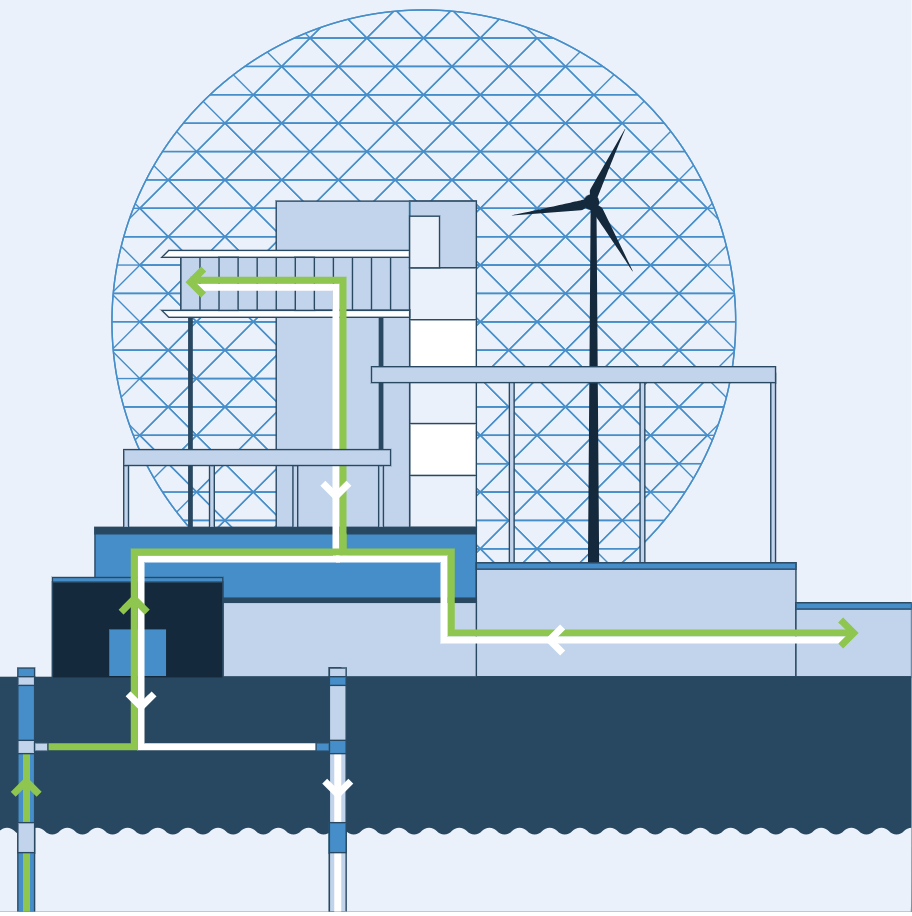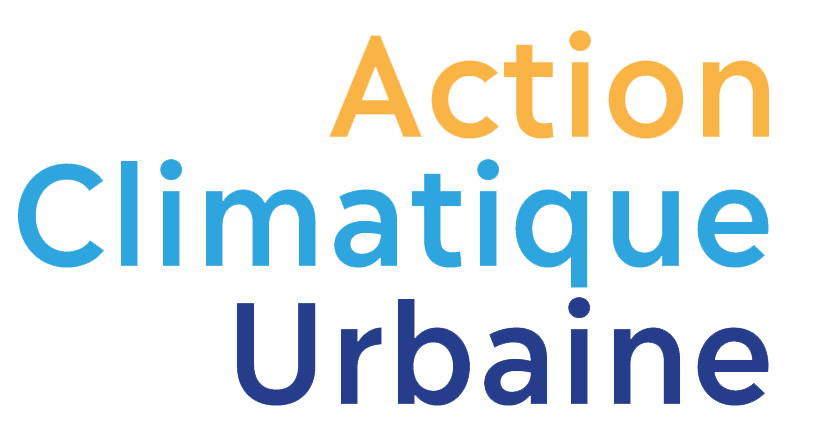Research on urban geothermal energy at the Chair is part of the Aquifroid project. Aquifroid focuses on the technical and scientific aspects of the development of open-loop geothermal energy for the use of groundwater for building cooling, as well as on the social aspects of the creation and dissemination of geothermal projects in urban areas, particularly ‘community’ geothermal projects.

2019-2023
A component of the broader Aquifroid research: Aquifers as a natural infrastructure for energy-efficient cooling
Funded by NSERC, Supporting the Advancement of Climate Change Research in Canada Program.
Principal Investigator Jasmin Raymond of Aquifroid Research
Objectives
- The Whole Aquifroid Project: Assessing the energy-efficient cooling potential of urban aquifers in Canada in the context of increasing heat waves;
- Social Portion: Understanding social processes (including representations,
motivations and governance issues) in the development and dissemination of urban geothermal projects; - Analyze the visibility given to geothermal projects in the media of major Canadian cities, with the expectations and discourses that may influence
their deployment; - Identify incentives and constraints in the mix of state policies and regulations and how they vary in selected Canadian cities;
- Identify, for certain flagship projects of shared geothermal energy, the actors involved, their motivations and the obstacles encountered.
Issue
Geothermal energy is a technology that uses the heat from the ground to heat or cool buildings. In the winter, the heat is used to heat homes, while in the summer, the heat from the buildings is captured and returned to the ground. Compared to many other countries and other Canadian provinces, very few decentralized renewable energy or recovery projects are developed in Quebec. This can be explained by the predominance of hydroelectricity for
energy consumption in the province, both for electricity and for heating and
cooling. However, although geothermal energy occupies a marginal place in the Quebec energy picture, different types of “community” geothermal
infrastructures are mentioned in discussions on neighbourhood redevelopment, the supply of affordable housing and new urban developments.
It also seems to be making its way into local citizen initiatives. This project aims to understand the social processes of diffusion or creation that influence the implementation of urban geothermal projects through the analysis of public policy mixes, media representations, and different “community” urban geothermal projects.
